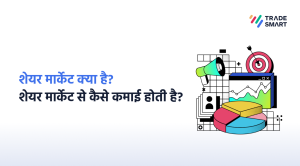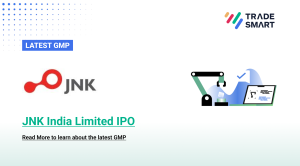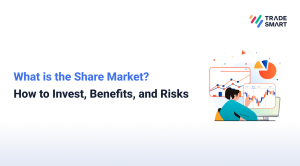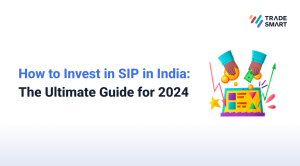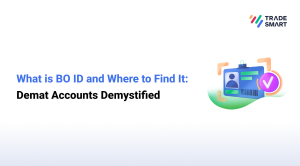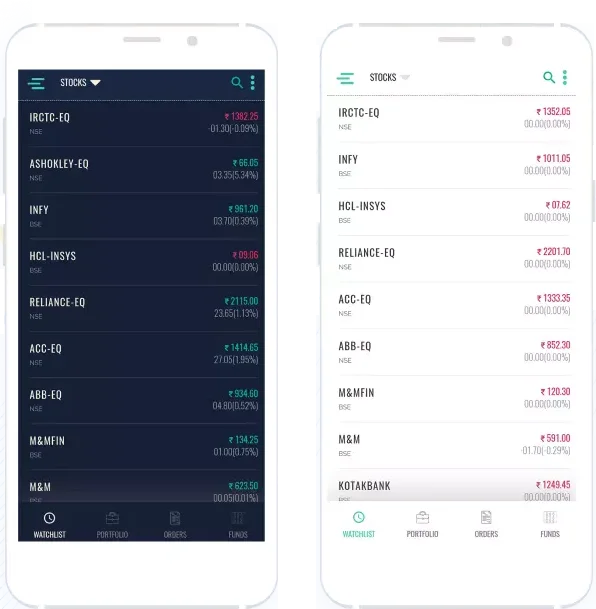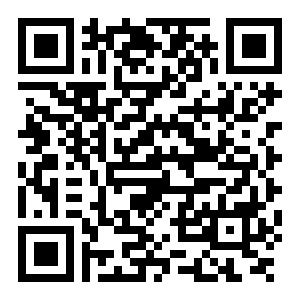
KYC stands for Know Your Customer. This standard abbreviation is used by many financial institutions, such as banks, post offices, etc., to ascertain the identity of their customers. If you are new to investing or have never opened a bank account, please read this article on KYC. It will answer questions, such as “What is KYC”, “What is eKYC”, “ what is the meaning of KYC”, and so on.
Thanks to the proliferation of the internet, we can buy and sell services online and on the go. But at the same time, our virtual identities can get modified or hijacked by impersonators. This is where the KYC comes in. Banks and providers of services would like to know the identities of their beneficiaries. They insist that we show all the required documents before opening a bank account, withdrawing money, or availing of other services.
Filling in the KYC details is a mandatory requirement in most banks and financial institutions. You would have to give your details even if you are buying stock for the first time.
Now that we have answered “What is KYC”, let’s delve deeper into this topic.
KYC meaning
As explained in answer to the question “What is KYC”, this is the process to check the identity of an institution’s current and new customers. Though a simple process, the KYC verification process is critical not just for your bank but for you as well.
Through this process, the bank ensures that all the benefits go to the intended beneficiaries. On the other hand, as a depositor, you have the guarantee that you are receiving all the desired benefits.
The third player in the KYC verification process is the government or the regulator. The latter enforces the KYC process to ensure that all the safeguards are in place in the overall investment environment.
When is KYC required?
KYC is needed at various stages. For instance, you are required to show your identity while opening a bank account, a Demat account, or even buying a train ticket.
But going through the KYC process is not a one-time activity. Many banks and financial institutions require you to show your documents periodically. There are several reasons behind this exercise.
A periodic KYC exercise helps the banks ensure that their customers are still around. The former insist that they physically verify the pensioners (who have pensioner accounts in those banks) annually.
Your signature may change over a period due to several factors. In that case, your broker or bank would want you to resubmit a fresh signature for KYC purposes.
Non-operation of a bank account might also necessitate a KYC process.
What is included in KYC documents?
The Know Your Customer process is quite simple and quick and doesn’t require too much documentation. While the KYC criteria can change from one institution to another, the most common documents you might need to show are your PAN card and the Aadhaar card.
The former is issued by the Income Tax department and carries a unique combination of numbers and letters. If you are an aspiring investor, you must have this card. You can easily apply for this card by visiting the Income Tax website.
The Aadhaar card verifies your identity as an Indian citizen. This card shows your face, fingerprint, and a unique Aadhaar number. Every Aadhaar card carries your date of birth and permanent residential address.
What are the types of KYC?
Some institutions carry out e-KYC. This means you simply upload a copy of your original Aadhaar card on the institution’s website and verify yourself. This is knowing a customer electronically. The institution will then match your Aadhaar copy with the one available in the national database and check your identity.
The other way of knowing your customer is to physically visit the person and check the details. This process can also be done by asking the customer to visit the bank, broker’s office, along with his PAN Card and /or Aadhaar Card. Now that we have fully understood the meaning of “what is the meaning of KYC”, let’s proceed further.
How to do KYC in India
If you are doing this process offline, follow these steps:
- Download and print the KYC form.
- Enter your PAN and Aadhaar details.
- Now visit a KRA office along with your proof of address, etc.
- Some institutions might ask for your biometric details.
- You will get an application number that you use to track your KYC status.
How to do KYC online?
- Visit the website of any fund or KRA.
- Follow all the steps enumerated.
- Request for online biometric authentication.
- An executive from the portal will visit you to check your documents.
- Show him your documents and provide your biometrics.
- Your KYC will be done within minutes.
Alternatively, reach out to us! We, at TradeSmart, help you open a Demat and trading account while also doing your KYC within seconds. All we require is your PAN and Aadhaar card, and of course, bank details to link your account, for which you may have to submit a cancelled cheque.
No hard copy! All photos! Doesn’t that sound easy? Reach out to TradeSmart and start your investments journey today.
TradeSmart is also a brokerage that would enable you access to the stock market, currency, commodity, mutual fund, futures and options, ETFs, whatever investment you like!

